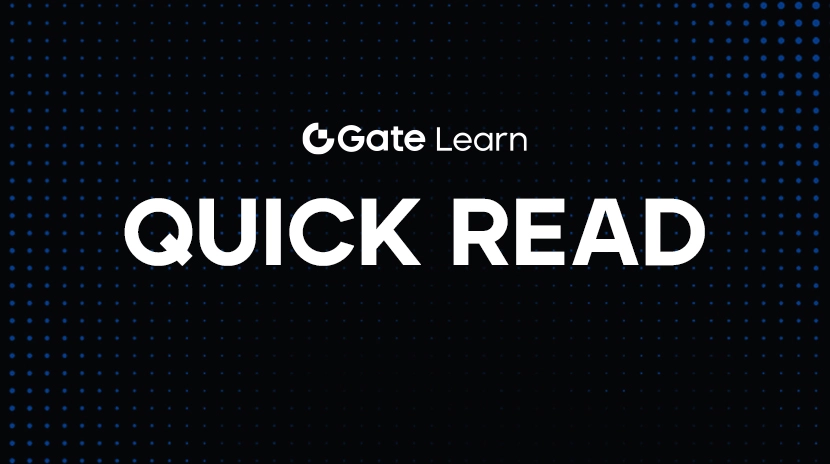XRP Price Prediction: Rises 4% as Ripple Applies for U.S. Banking License, Signaling Bullish Momentum
After years of regulatory wrangling, Ripple has officially submitted a banking license application to the United States, attracting significant market attention. According to Reuters, following the release of this news, the XRP price quickly surged, rising by 4% at one point to reach a year-high of $2.26, with trading volume rapidly expanding, indicating a positive market response to the news.
Ripple applies for a banking license, what kind of signal does it release?
Ripple has long been committed to establishing a global cross-border payment network and promoting its XRP Ledger in multiple countries. The recent application for a banking license in the United States means that Ripple is officially stepping into the “high-threshold area” of traditional finance. This not only helps strengthen its cooperation with institutional clients but may also enable it to become a regulated financial intermediary in the future, significantly enhancing its compliance credibility.
Analysis of the reasons for the rise in XRP price

Figure:https://www.gate.com/trade/XRP_USDT
On July 1, XRP briefly broke through the key resistance level of $2.2, with a rise of 4%. The main catalysts behind this include:
- Ripple submitted a banking license application;
- Market expectations for Ripple’s compliance have increased;
- Investors’ sensitivity to signals of regulatory easing in the United States;
- The popularity of the AI cloud mining project PBK Miner.
This price trend not only reflects the market’s recognition of Ripple’s compliance efforts, but also shows that XRP is gradually regaining attention in the blockchain payment sector.
What impact does the launch of PBK Miner cloud mining have on the ecosystem?
At the same time, another important piece of news in the Ripple ecosystem is the launch of the PBK Miner cloud mining platform. This project combines AI algorithms with a distributed computing model, aiming to create an energy-efficient and effective XRP mining mode. Although XRP is not a mining coin in the traditional sense, the platform provides users with a revenue entry through a “cloud computing leasing” method, which is expected to stimulate market enthusiasm in the short term.
Ripple’s Strategic Shift in the U.S. Regulatory Environment
From the SEC lawsuit to the bank license application, Ripple’s response strategy has gradually shifted from “confrontation” to “integration.” Especially against the backdrop of a recently clarified regulatory environment, Ripple has chosen to enter the fray directly, with the hope of operating under a stable regulatory framework in the future.
How do investors view the future of XRP?
For investors, the short-term pump of XRP may have already reflected some Favourable Information, but in the medium to long term, if Ripple successfully obtains a banking license, it will reshape its ecological positioning. This will not only help increase the usability of XRP but also provide more possibilities for its price growth. Investors should pay attention to the following points:
- Is Ripple successfully approved for a banking license?
- Is the US regulation continuing to promote a friendly approach to cryptocurrency?
- Is XRP further expanding its payment scenarios?
- Is the PBK Miner project sustainable?
Related Articles

Pi Coin Transaction Guide: How to Transfer to Gate.io

What is N2: An AI-Driven Layer 2 Solution

How to Sell Pi Coin: A Beginner's Guide

Grok AI, GrokCoin & Grok: the Hype and Reality

Flare Crypto Explained: What Is Flare Network and Why It Matters in 2025
